It’s been a busy year for innovation! In 2018, we experienced breathtaking art, reckonings about our relationship with robots, advances in quantum computing, and Boston Dynamics' Spot Mini 'bot dancing to Uptown Funk. As we come to year-end, we decided to round up a list (in no particular order) of the 18 coolest things coming out of our region this year — the inventions, artworks, solutions, and spaces that excited, intrigued, and inspired us in 2018.
This roundup is by no means exhaustive — in a place like Boston, a full list would have hundreds of entries. Tell us your favorites on Twitter at @hubweek.
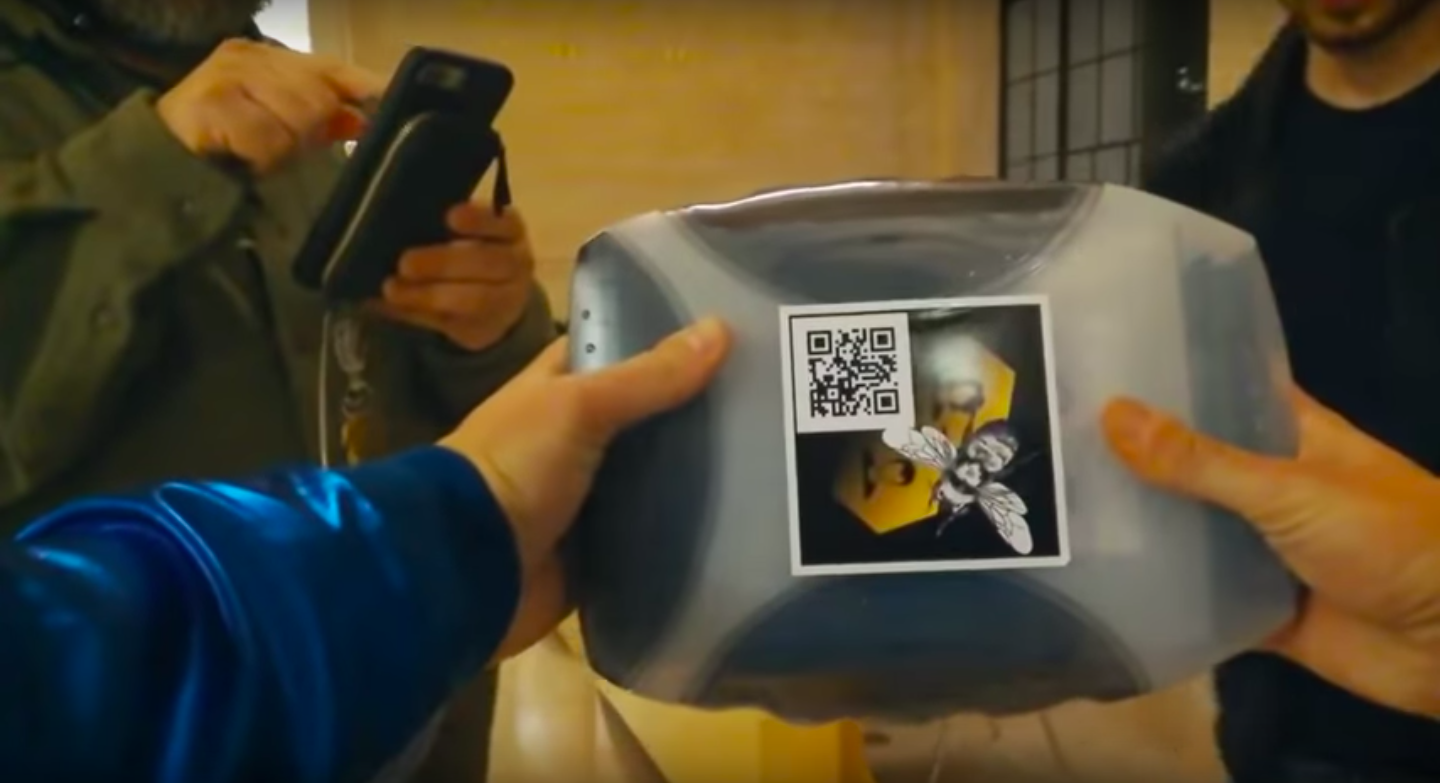
1. When MIT gave the Internet control of a human being
On Halloween, researchers at the MIT Media Lab launched BeeMe, a “massive immersive social game” that gave internet users full control over the actions of a real human actor with crowd-generated commands. When the hive mind said run, the actor ran; hive mind said sing, the actor serenaded passerby while moving down a Cambridge street, all while on a mission to “save the internet.” Asking us to think about our collective ethics and agency in the digital era, the project made us feel like we were living in a real life episode of “Black Mirror.” You can watch the experiment unfold here.

2. Possible alien communication
Last month, astronomers detected an interstellar object in solar system, and it was acting strange. Instead of obeying the gravitational pull of the sun, it exhibited “excess acceleration” that led two Harvard astronomers to hypothesize that the object could have been “a lightsail of artificial origin” sent from — you guessed it — aliens. Although the scientists did acknowledge that the mysterious behavior could be attributed to a less paranormal phenomenon, we like thinking that our extraterrestrial neighbors could be saying hello.
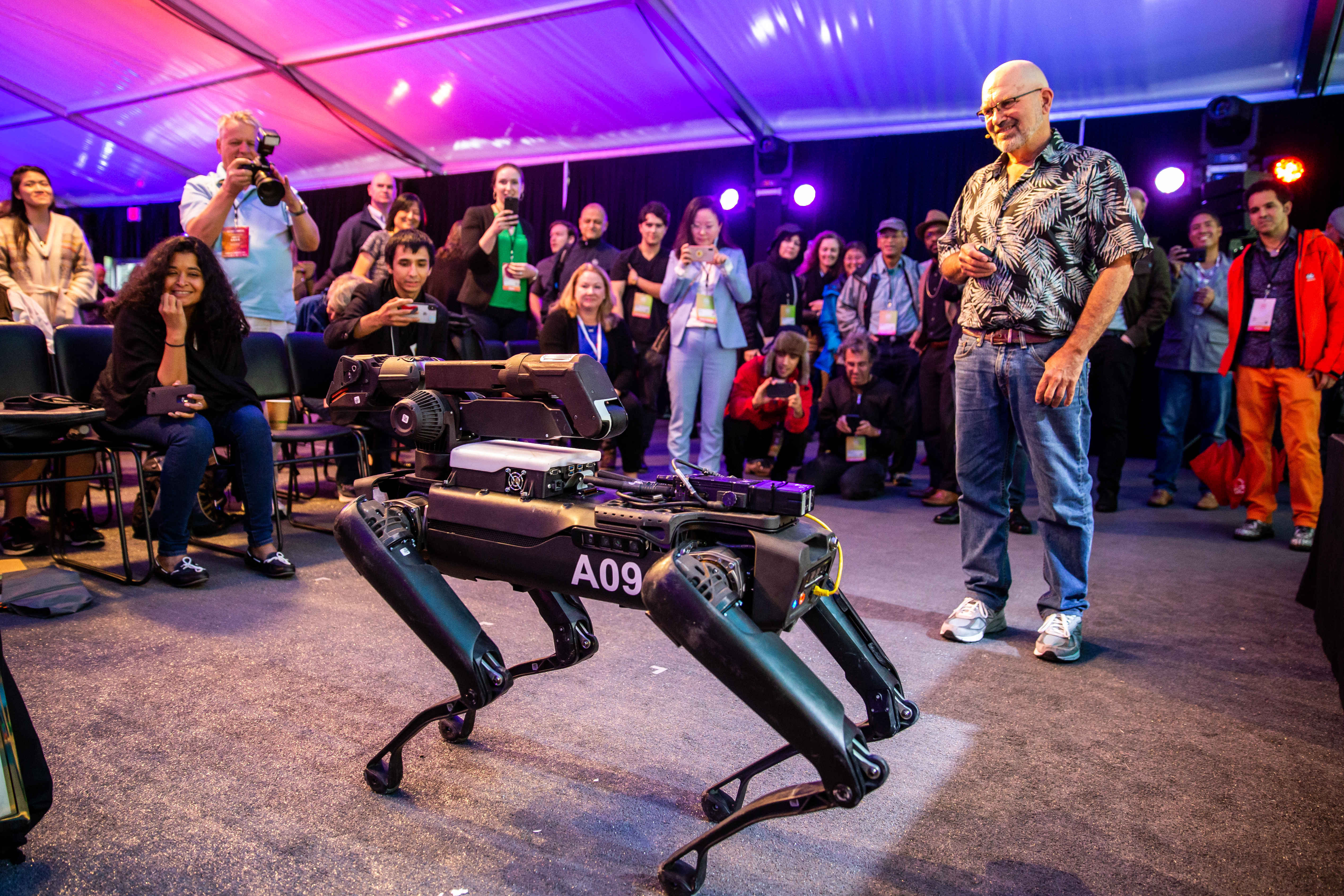
3. Grooving with Spot the ’bot
Don’t believe us? Just watch Boston Dynamics’ Spot Mini robot moonwalk for the first time to none other than Bruno Mars’ “Uptown Funk.” Let’s face it: Anytime they release a video these days, you can just about guarantee it’ll be wild enough to immediately go viral. Another Boston Dynamics moment that made us go 😲😲😲 this year: when Atlas did parkour. Seeing a human-like robot swiftly scale large structures, do backflips, and run faster than we personally can is a definite blow-your-mind moment. Looking forward to more of this terrifying/awesome content from the Boston Dynamics team in 2019.
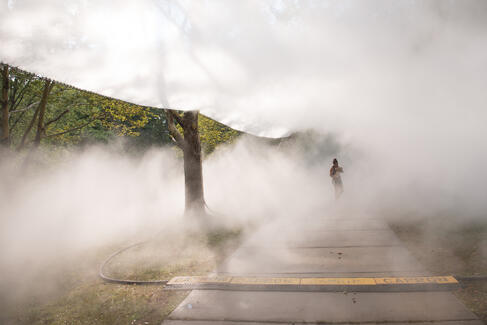
Fog x FLO, artist Fujiko Nakaya’s installation on the Emerald Necklace earlier this year, enveloped the seven-mile long park in ephemeral, dynamic fog sculptures as part of one of the most innovative exhibitions we saw this year. Using clouds and mist to “make the invisible visible,” each work responded to a certain element of the park system — from the Back Bay Fens to Franklin Park — transforming the landscape with totally unique sensory experiences.
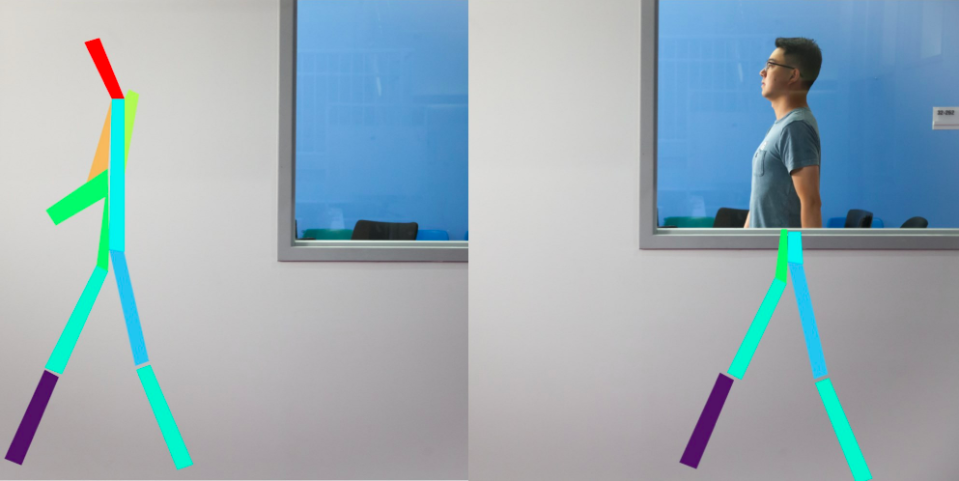
5. One step closer to X-ray vision
Over the summer, scientists at MIT debuted a new application for an already groundbreaking technology: an intelligent radar-like system that uses AI and radio waves to see through walls, tracking (and sometimes even identifying) people as they move around. Although it isn’t exactly X-ray vision, it’s close, and the researchers think it could be used to help healthcare professionals monitor the sick and elderly without the need for bulky wearable devices. One day, it may even be able to control your smart home, tuning your TV to your favorite show when you sit down on the couch.
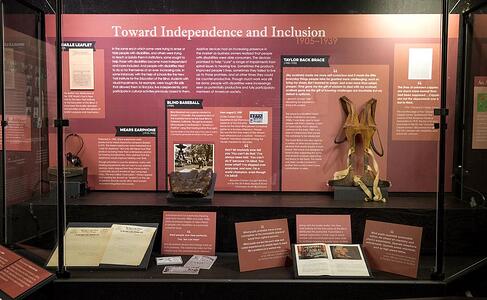
6. When a group of high schoolers created our nation's first disability history museum
The U.S. doesn’t have a national disability history museum, so a group of high school students in Waltham created their own. Spending their 11th grade year collecting information and artifacts that went on view at the Charles River Museum, the students built on the legacy of others in the field who have documented these histories. The students' exhibit aimed to “tell an often-overlooked story” of the history of disability in America, as well as show how perspectives on disability have changed over time. We were incredibly inspired by these young people who saw an issue and took it upon themselves to make a change.

7. When doctors revived dying organs with a simple injection
We all know that the mitochondria is the powerhouse of the cell, but doctors at Beth Israel Deaconess and Boston Children’s Hospitals recently found that the organelle may be able to play another role — helping to repair dying organs that were previously thought to be beyond repair. In order to revive an infant’s damaged heart, the physicians injected the muscle with a billion healthy mitochondria, and watched in amazement as the fresh cells swiftly came to the aid of their ailing counterparts. Since then, the method has been initially successful in preserving organs for transplant and even minimizing brain damage after a stroke.
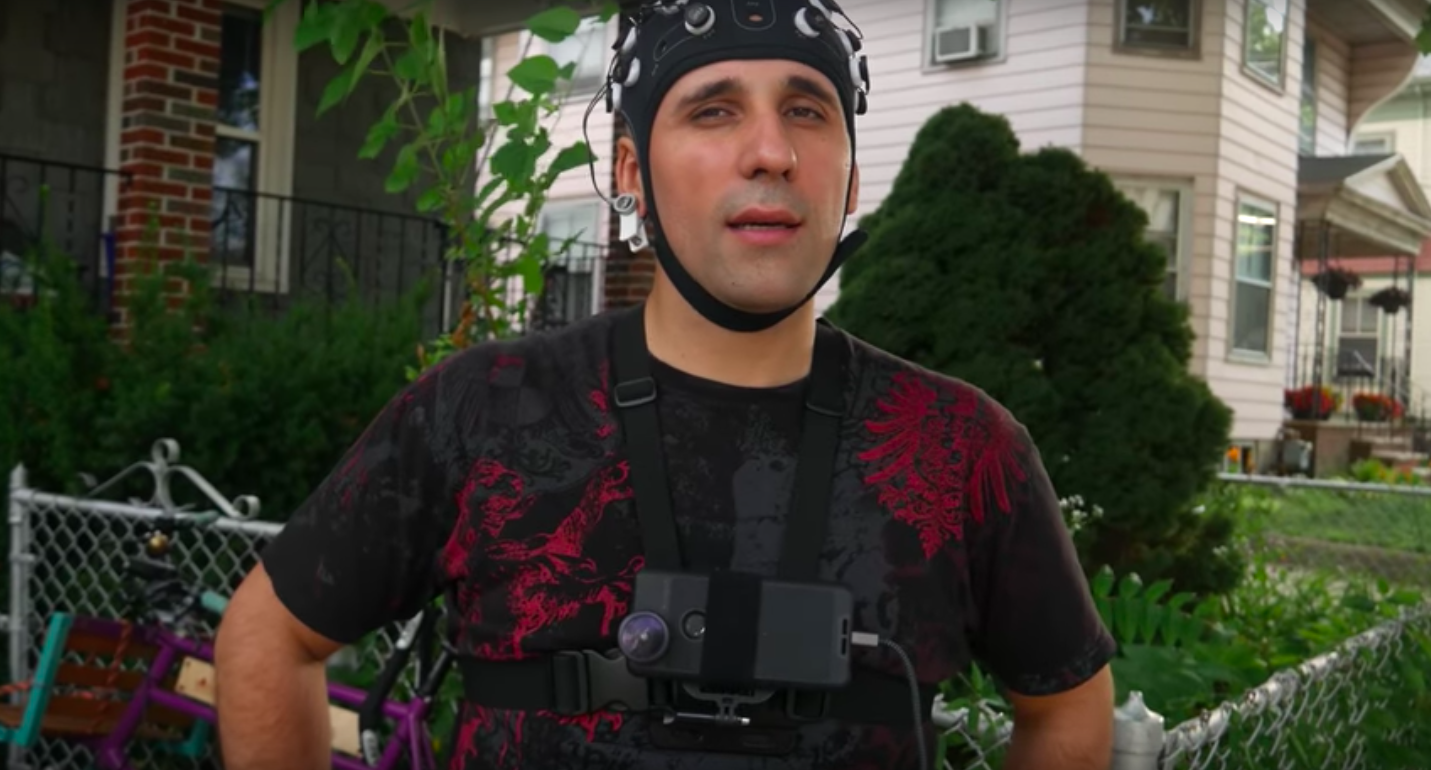
8. When a researcher turned himself into a cyborg to understand the nature of memory
Why do we remember certain moments or sensations, but not others? The MIT Media Lab’s Mostafa “Neo” Mohsenvand wondered the same thing, so he decided to find out. For several months, he obsessively recorded his days with a bodycam, tracking his brain waves with an EEG cap, and noting his biometric signals with a physiological monitor. Using this data, Mohsenvand combined his videos with the data his body generated, creating films that slow down and speed up to match his heart rate or level of skin conductance at a given moment — unconscious mechanisms that he thinks may correlate with especially memorable or emotionally-charged moments.
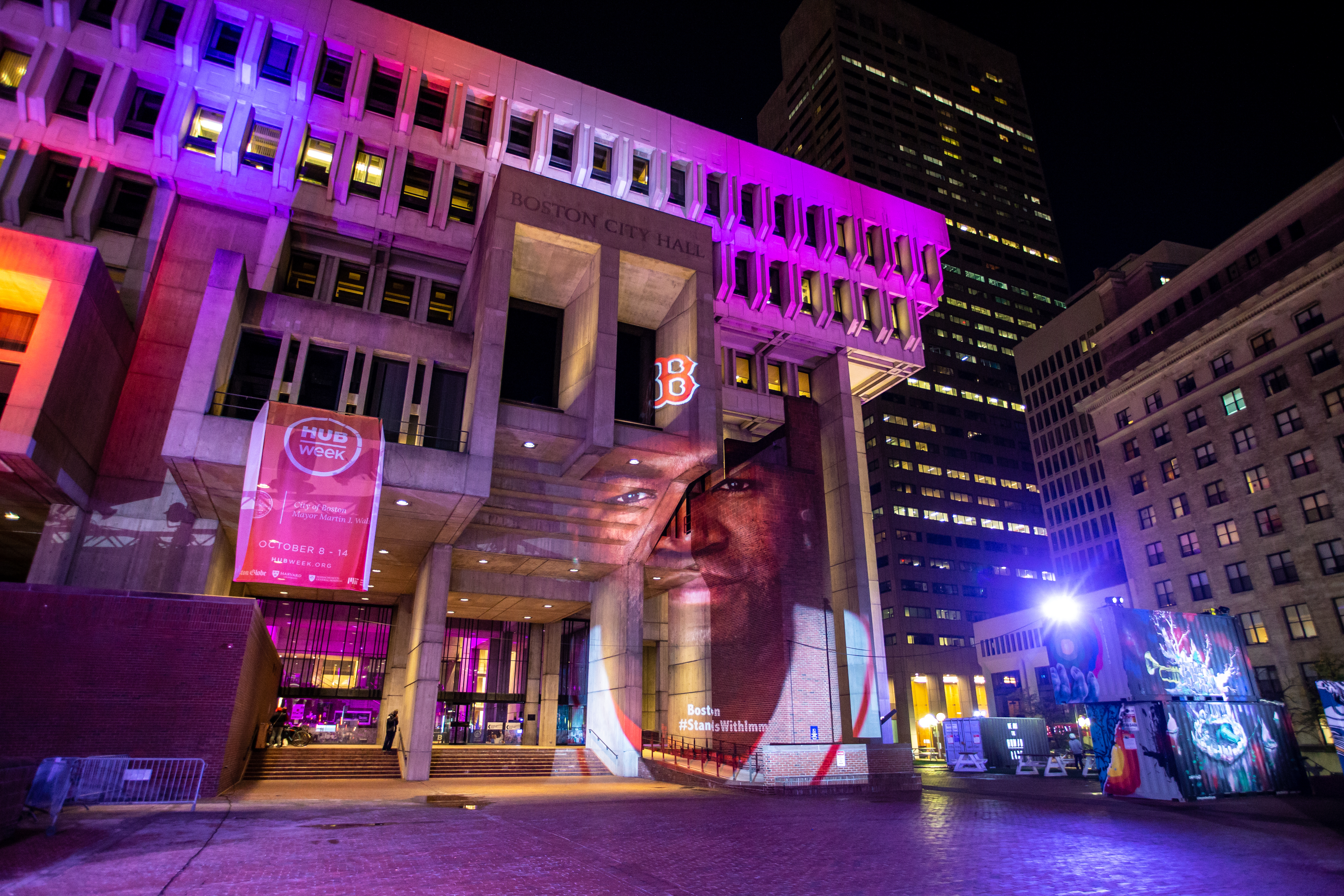
9. Boston #StandswithImmigrants with a large-scale public art project
Over the past year, photographer Erik Jacobs projected giant images of Bostonians around the city; the faces of athletes, musicians, researchers, politicians, and more have adorned the side of Longfellow Bridge, trees in the Boston Common, and the facade of City Hall during HUBweek 2018. What do all of these people have in common? They’re all immigrants. With this project, Jacobs aimed to show how important immigrants are to the Boston community, and to spread messages of tolerance and inclusivity throughout the city — all while creating a one-of-a-kind art experience unlike anything we've seen before.

10. Scientists found a way to turn CO2 in the atmosphere into gasoline
Earlier this year, a team of superheroes researchers at Harvard announced a plan for the first commercially viable way to remove carbon dioxide from the atmosphere and — we can’t believe it either — turn it into fuel. Although the idea has been around for some time, the cost was prohibitive — until now. The Harvard team, led by physics professor David Keith, speculated that their process would only cost about $94 per metric ton, compared to earlier estimates of $600 or more. Even more exciting: The group believes it can have an industrial-scale carbon-removing plant up and running by 2021.

11. A 80-year study showed that our friends are the ultimate key to happiness
When we think about longevity, factors like genetics, fitness, and diet may come to mind. Thanks to a mammoth, 80-year-long study begun during the Great Depression, researchers at MGH and Harvard found an unexpected key to long term wellbeing: strong friendships. The study tracked 724 men (half from Harvard's class of 1940 and the other from some of Boston's poorest neighborhoods) and found that having fulfilling relationships correlated with increased happiness, better physical health, and even improved memory. We always knew our friends were important, but it turns out they might help us live longer, too!
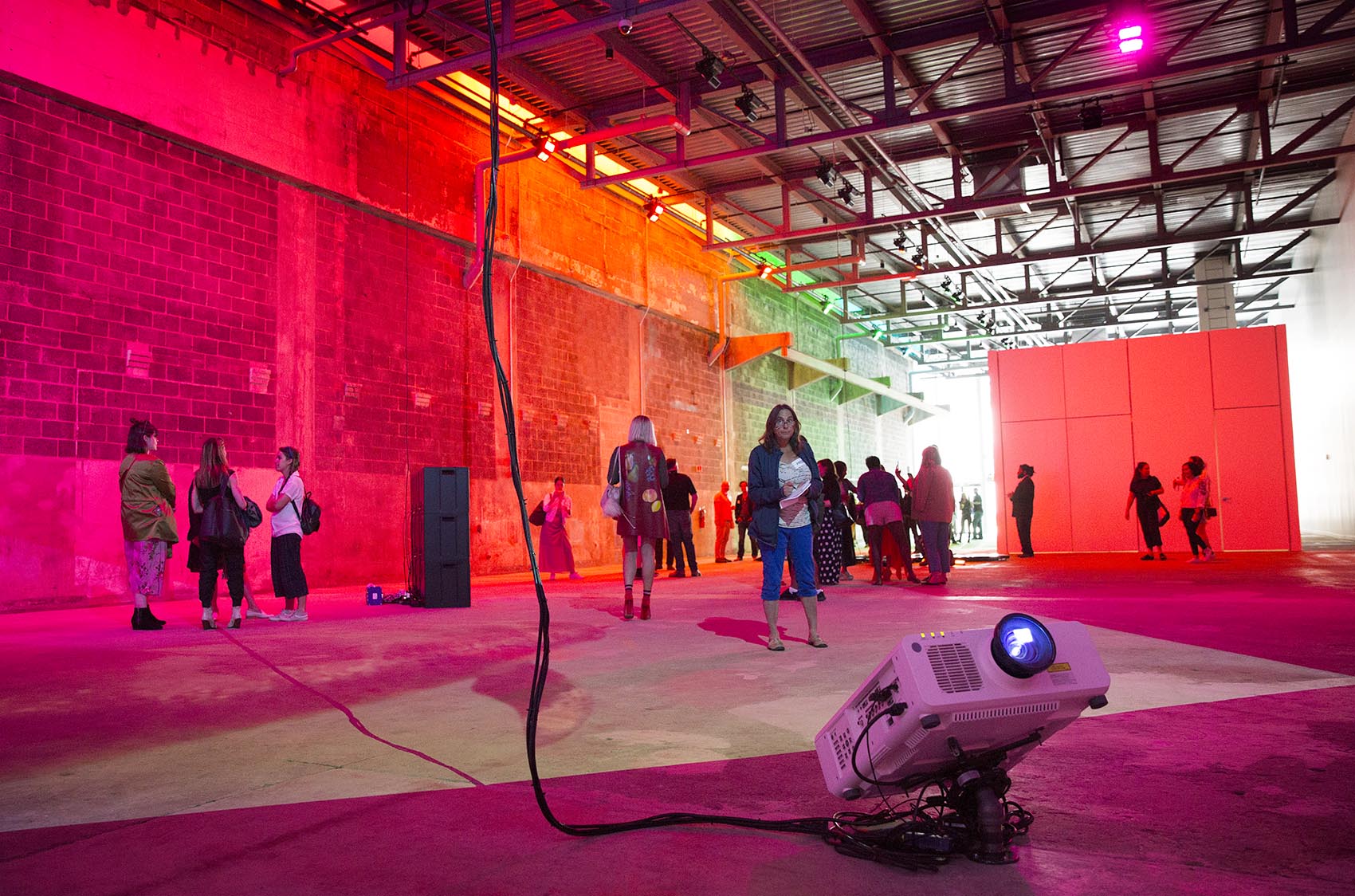
12. A Watershed moment for art in Boston
This summer, the Institute of Contemporary Art expanded across the Boston Harbor to East Boston, where it reclaimed a former pipe factory for art, transforming the condemned, asbestos-filled building into a unique gallery space perfect for large-scale and experimental exhibitions. The Watershed is free to visit, and represents efforts on ICA’s part to integrate contemporary art more seamlessly into the civic life of all our city’s neighborhoods.

13. The discovery that the Earth may be full of diamonds
After puzzling over a discrepancy in seismic data, scientists at MIT and several other universities realized what was causing the Earth’s internal sound waves to travel at an unexpected speed: a cache of diamonds buried about 100 miles below our planet’s surface. The researchers estimated that upwards of a quadrillion tons of diamonds make up cratonic roots, the oldest and most solid rocks that support most continental tectonic plates. Aside from blowing our minds, the discovery also represented a new understanding of the formation of the Earth, and the revelation that, geologically speaking, diamonds may not be as rare as we thought.
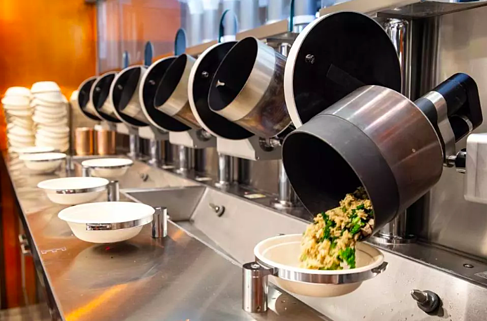
14. When we ate our first meal cooked by a robot chef
Spyce is a first-of-its-kind restaurant serving up delicious and affordable bowl-style meals, all cooked in a fully robotic kitchen. Although founded and run by four recent college grads, and advised by Michelin-starred chef Daniel Boulud, Spyce's meals are crafted almost entirely by a robotic wok-like apparatus that you can watch while you wait for your lunch. Unlike any other dining experience we've ever had, eating at Spyce definitely showed us that the future of food is here, and it's right in Downtown Crossing. We were so intrigued that we interviewed Kale Rogers, Spyce's COO to get the full scoop.

15. A wearable device that seamlessly combines humans and computers by listening to your thoughts
Researchers at MIT are on a mission to merge humans and computers, weaving the internet and AI into the human personality to create a “second self” that can interact seamlessly with the technology around us. To do this, they’ve created a device that can “hear” the words you say in your head, translating your thoughts into commands for your smart devices and putting all the internet’s knowledge in your mind — literally (and silently). Did someone say Cyborg?
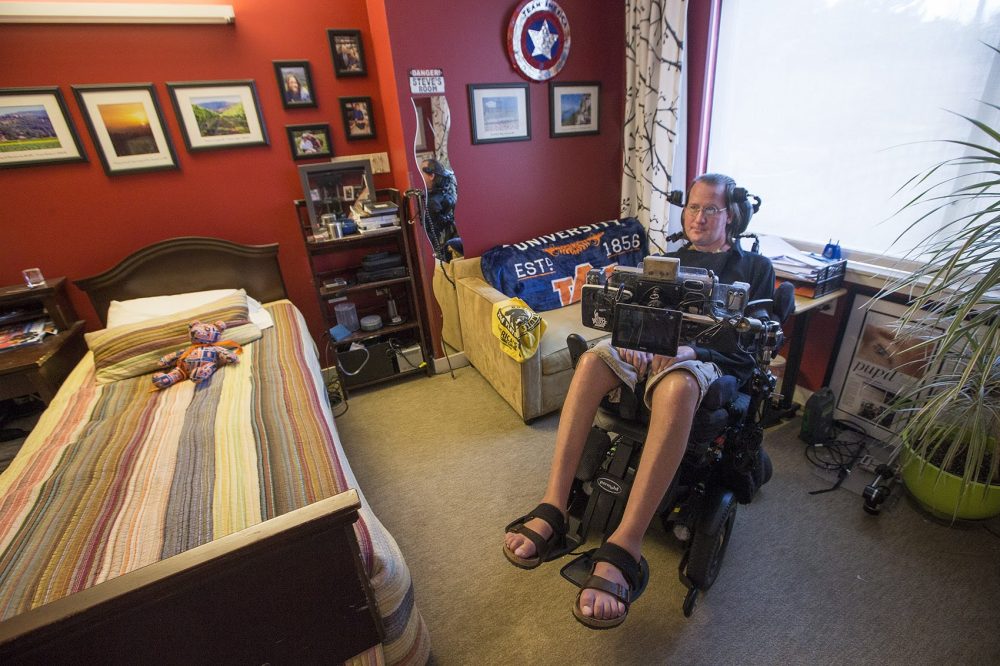
16. A residence using tech to help people with ALS live longer and more independent lives
A debilitating disease, ALS gradually deprives individuals of their muscular function; as the nerve cells in the brain and spinal cord atrophy, life expectancy is limited and patients are increasingly unable to lead independent lives. The Leonard Florence Center For Living in Chelsea, designed in part by an ALS patient, is aiming to change that, using innovative technologies to create spaces that, as one resident put it, you would never guess were in a nursing home. Personalized tech allows residents to control all aspects of their surroundings, from adjusting the lights to opening doors, and the founders believe this enhanced independence and quality of life has led residents to live long beyond their initial prognoses.
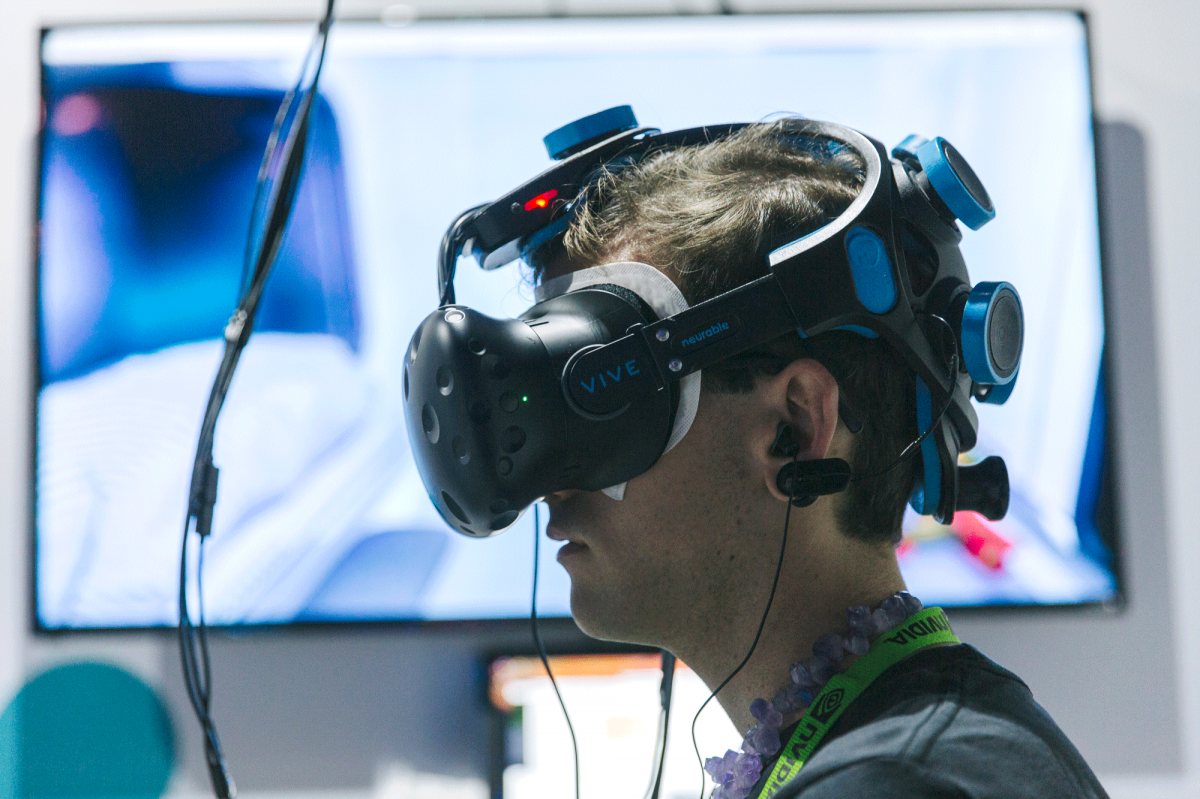
17. Neurable’s mind-controlled VR video game
Boston-based startup Neurable has created the world’s most immersive video game: Beyond just VR (which we think is pretty amazing already), players of Awakening can control the entire environment with their minds. This seems like the closest we’ll get to having superpowers, and it’s all thanks to a “brain mouse,” a brain-computer interface that uses EEG signals from the VR headset to translate thoughts into actions. The best part: The Neurable team says Awakening is only the beginning, and that they have more sophisticated games in store for us next year.
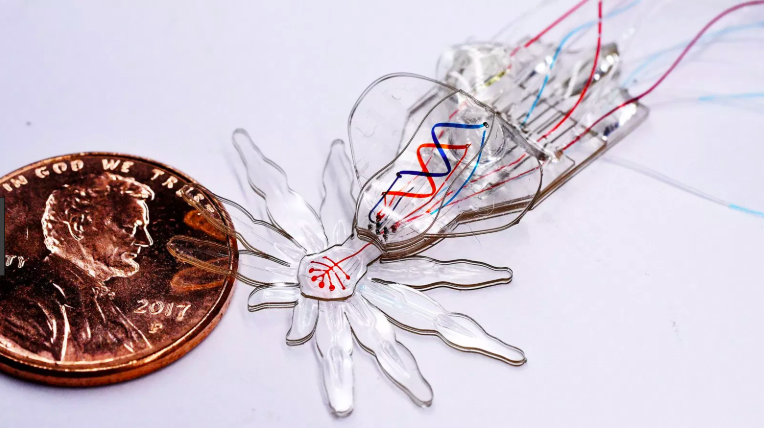
18. A spider-like robot that may one day perform surgery inside our bodies
Researchers at Boston University and Harvard collaborated to create a super tiny, super flexible ’bot that may one day be used to perform surgery inside our bodies — oh, and it looks like a spider. The creation debuts a new soft fabrication process that gives the robot unprecedented levels of dexterity, one that the research team believes will open up exciting new possibilities for surgery and wearable devices.
---
Stay up to date with the most exciting innovations coming out of Greater Boston by subscribing to the HUBweekly, our curated newsletter full of ideas and insights from our region’s brightest minds.
